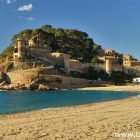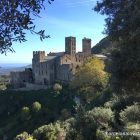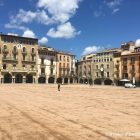Thirty kilometres inland from Barcelona, Terrassa’s attractive, pedestrianised city centre is an interesting and lesser-known day trip or weekend break.
Sometimes referred to as the Catalan Manchester, Terrassa played a key role during the Industrial Revolution when it was an important city for textile manufacturing.
In its heyday at the beginning of the twentieth century, the city contained more than forty large textile mills and factories.
In addition to its industrial heritage, Terrassa also houses one of the best-preserved Visigoth church complexes in the Iberian Peninsula, la Seu d’Ègara.
What to see in Terrassa
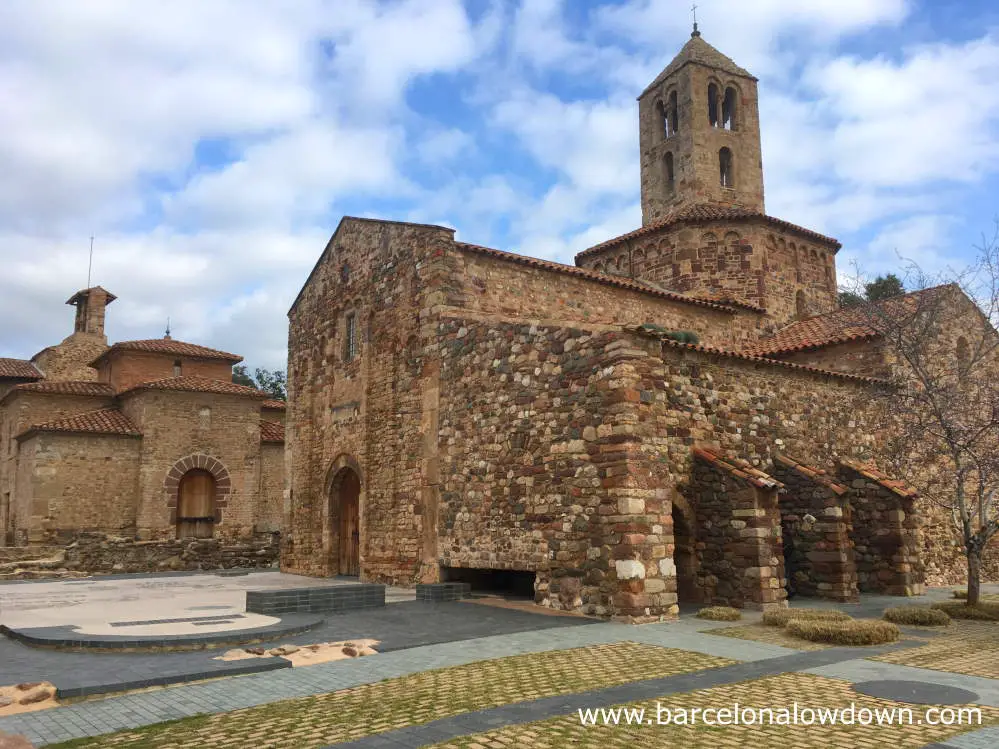
La Seu d’Ègara
The area surrounding Terrassa was first settled during the Neolithic period, approximately 5000 BC.
During the Roman era, the town of Ègara was built on the site of an earlier Iberian settlement called Egosa.
During the fifth century AD the Seu d’Ègara church complex was built, consisting of the churches of Sant Pere and Santa Maria accompanied by the mausoleum of Sant Miquel.
The three simple, Romanesque style temples are decorated with faded frescoes. A unique stone altarpiece is set into the walls of the church of Santa Maria.
The complex was first rebuilt and excavated at the beginning of the 20th century by the architect and historian Josep Puig y Cadafalch.
From 1998 to 2009 further excavations were undertaken, a visitors centre was built and the site was opened to the public.
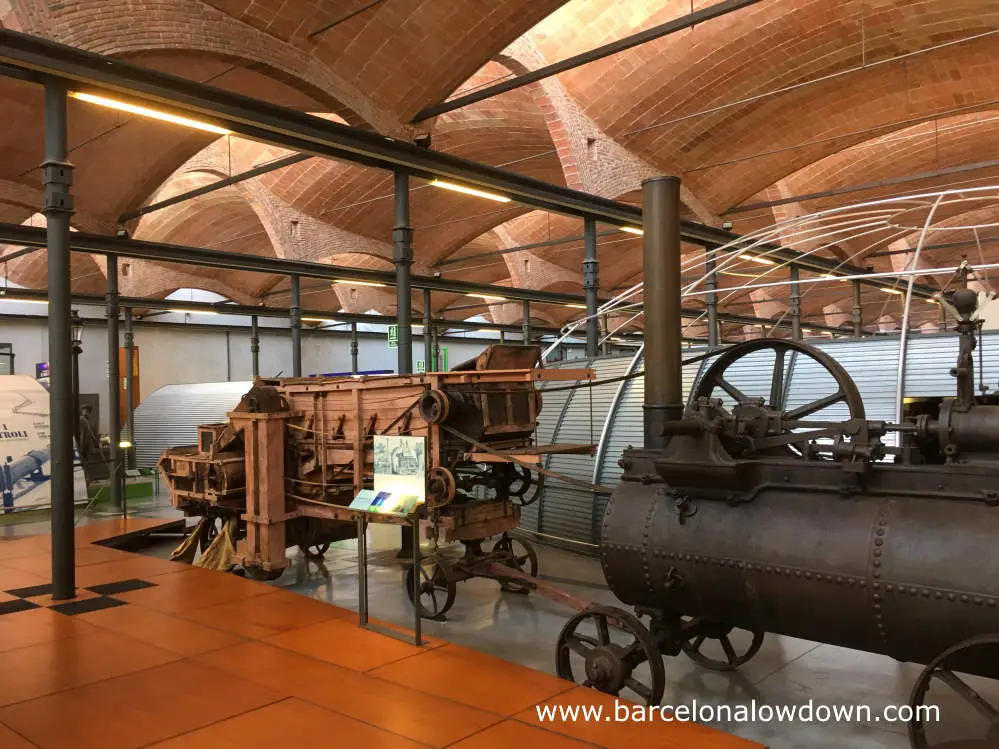
El Torre del Palau
The medieval town of Terrassa grew up around a castle, el Castell Palau, during the ninth century.
Most of the castle was torn down in 1891, leaving only one tower, el Torre del Palau, which is located near the town hall in the centre of Terrassa. The tower is now part of the Museum of Terrassa, a small museum dedicated to the history of the city.
Vallparadis Castle
Vallparadis Castle dates back to the twelfth century and was built by Berenguer de Sanglà who purchased the surrounding land from Count Ramón Berenguer III of Barcelona.
During the fourteenth century, the castle was converted into a monastery, the courtyard was converted into cloisters and a chapel added.
During the 19th century, the castle was converted into a manor house before being gifted to the city council in 1947. The castle is currently home to the Museum of Terrassa.

Modernista architecture in Terrassa
During the latter part of the 19th and at the start of the 20th century, an artistic movement called Art Nouveau was popular throughout Europe and North America.
The movement rebelled against the elitism of classic artistic and architectural styles and attempted to break down the border between so-called fine art and applied arts.
Art Nouveau took its inspiration from nature and is often characterised by curved lines and natural forms. Coinciding with the Industrial Revolution, artists and architects made use of the modern materials of the time including textiles, iron and glass.
In Catalonia, a similar movement developed called Modernisme or Catalan Modernism. The movement combined architectural and artistic styles of Art Nouveau with poetry and literature to create a new Catalan culture.
Barcelona and the surrounding area was booming at this time and rapidly becoming the industrial powerhouse of Spain. Wealthy entrepreneurs such as Eusebi Güell paid local architects to design and build factories, mills, and houses in the new, fashionable Modernista style.
Unlike Barcelona, where most of the factories have been torn down and (with a few notable exceptions) the majority of Modernista architecture in the city is residential properties. Terrassa maintains a number of large industrial buildings and old factory chimneys, several of which have been converted into museums, cultural centres, shops, and restaurants.
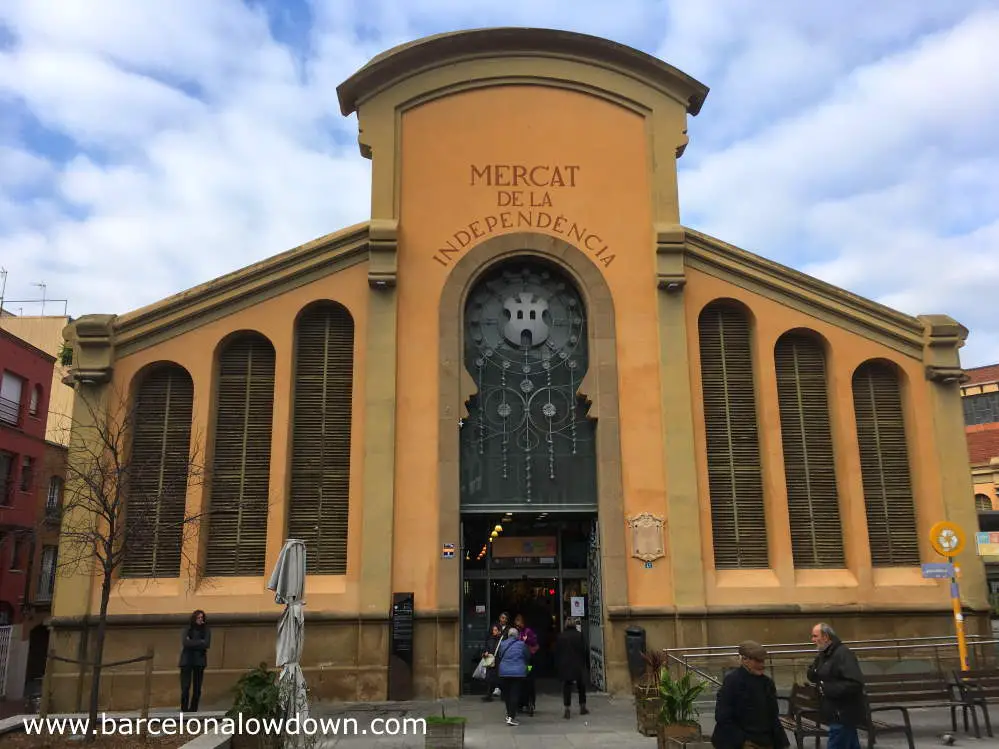
Masia Freixa
Built in 1899, this emblematic white structure is probably the best known and most photographed building in Terrassa. Designed by Lluis Muncunill and clearly inspired by the work of Antoni Gaudí, the building was originally conceived as a textile mill.
In 1907 the building’s owner, Josep Freixa, had it converted into his home. Masia means farmhouse in Catalan and the building was originally on the outskirts of Terrassa.
Nowadays Masia Freixa houses the tourist office and the gardens have been converted into a public park.
The building can be visited free of charge and there are leaflets and maps available. Free tours are conducted daily at 12:00 although, to be honest, the building is pretty much empty and the free leaflets give plenty of information about the masia’s history and design.
Vapor Aymerich, Amat I Jover
Also designed by Lluis Muncunill, the impressive Vapor Aymerich factory is now home to the Catalan Museum of Science and Technology.
The museum contains exhibits relating to the Industrial Revolution, especially the textile industry and the development of machinery. There are also displays tracing the development of technology during the twentieth century including a large collection of vintage cars and early computers.
Audio guides and a smartphone app are available free of charge in several languages and although exhibits are only labelled in Catalan, there are plenty of levers to pull and buttons to push to keep children interested. Plus a few vintage arcade games to keep parents entertained (Pacman, Space Invaders and Galaxians).
More information on the museum’s website
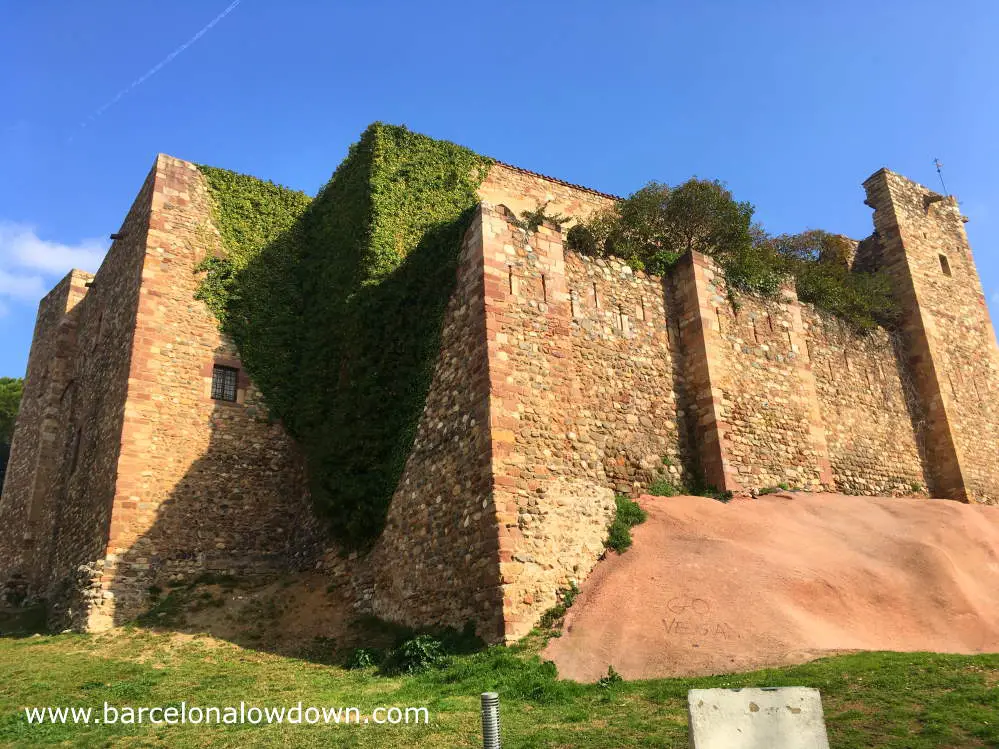
La Casa Alegre de Sagrera
Apart from Masia Freixa, La Casa Alegre de Sagrera is the only other Modernista house in Terrassa that you can go inside.
La Casa Alegre is opulently furnished and gives an interesting glimpse into the lifestyles of wealthy Factory owners at the beginning of the twentieth century.
More information here
Other modernista buildings
The Terrassa tourist office gives away a free map and guide which lists a total of 28 modernist buildings including El Mercat de la Independencia (Terrassa’s central food market), Terrassa Town Hall, Casa Baumann, Casa Joan Barata and the Theatre Principal.
Terrassa festivals and events
Fira modernista (Art Nouveau Fair)
Every year, in the month of May, Terrassa steps back in time 100 years for the annual Fira Modernista de Terrassa. The streets fill with people dressed in 1920s styles as well as market stalls, processions and theatricalised visits to the city’s many Art Nouveau attractions.
Terrassa jazz festival
The internationally renowned Terrassa Jazz Festival takes place annually in March.

Where to stay in Terrassa
We stayed at B&B 1900 which is a small modernista style guest house located in the city centre close to the main sights.
The guest house has 3 rooms and 2 suites, all decorated with antique art nouveau furniture. We stayed in the Antoni Gaudí suite which overlooks the hotel’s leafy garden at the rear of the building.
The friendly owners are keen to help and provide guests with maps and leaflets as well as recommending things to do and places to eat. Breakfast costs €6.00 and is served at a large communal table which you share with the other guests.
If you prefer a more modern hotel, I’ve also heard good things about Hotel Don Cándido which is also centrally located near to the Rambla d’Ègara.
Vegetarian and vegan restaurants in Terrassa
Damunt un Cel de Fil is a large vegetarian restaurant located in an old converted factory building in Terrassa city centre. The restaurant serves macrobiotic vegetarian and vegan food and is very popular with the locals. If you will be here at the weekend, make sure you reserve a table in advance. Address: Carrer del Portal Nou, 9, Terrassa.

How to get to Terrassa from Barcelona
By car
If you have rented a car, it takes approximately 30 minutes to drive to Terrassa from Barcelona along either the C58 or C16 motorways.
By train
Both RENFE and FGC run frequent commuter train services to Terrassa from Barcelona, the journey takes approximately 45 minutes. Lines R4 and S1.
There are several train stations in Terrassa, if travelling on RENFE trains, you should alight at Terrassa train station. Travelling by FGC you can choose between; Terrassa Rambla, Vallparadís Universitat and Terrassa train stations (check map below).
By bus
Bus routes E2.1 and E2.2 connect Terrassa with Barcelona and Barcelona Airport.
Map of Terrassa
Carrer del Portal Nou, 9, Terrassa
Carrer del Pantà, 33, Terrassa
Carrer de la Font Vella, 29, Terrassa,
Carrer de Salmerón, 17, Terrassa
Raval de Montserrat, 41, Terrassa
Raval de Montserrat, 14, Terrassa
Rambla d'Ègara, 270, Terrassa
Pl. de la Torre del Castell Palau, s/n, Terrassa
Carrer de la Rectoria, 16, Terrassa
Parc de Sant Jordi, Terrassa,


